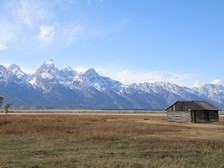You want to go to discover the land of the rising sun? Follow me to know how to go to explore the essentials of the country.
GUIDES - JAPAN: just down below, you can find city guides of the full itinerary:
Kyoto: 4 days to explore Kyoto and its surroundings
Osaka: 10 hours to discover Osaka
Hiroshima: 10 hours to visit Hiroshima and its surroundings
Tokyo: 4 days to explore Tokyo and its surroundings
TRAVEL BUDGET - JAPAN:
Expenses of my 10 day trip to Japan
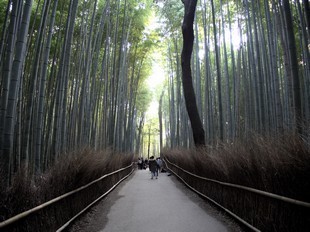
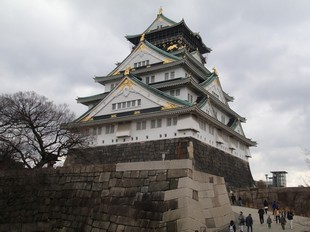
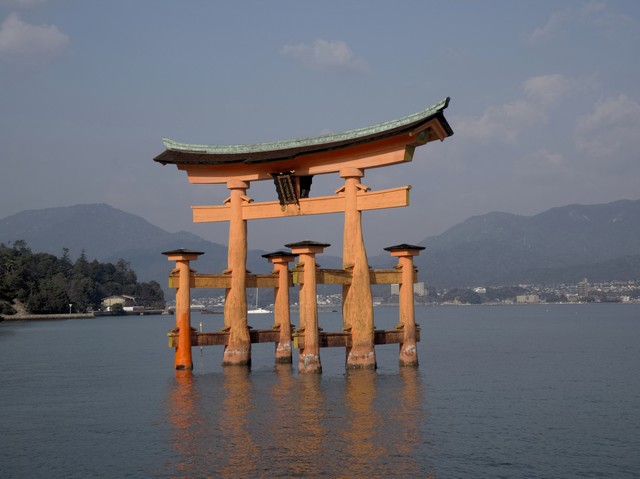
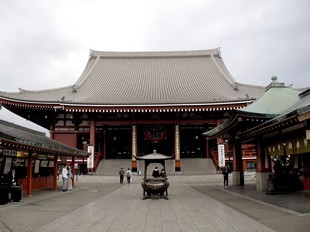
Japan, where to start? First of all, you’ll be pleasantly surprised by the discipline, politeness, respect and exceptional hospitality of the Japanese. You’ll see that:
- nobody throws their waste all over the street
- if you lose or forget something somewhere, don’t worry because for sure you’ll find it back
- public toilets, even in train stations, are extremely clean
- the Japanese will always be ready to help you, even if you’re not asking
- even when taking the bus or train, they always respect the queues
Well, even if this country seems unreal, there is a small downside: there are people absolutely everywhere, and at all times of the day! Otherwise, when visiting the country, you’ll notice that their public transportation network is extremely well developed, affordable and easy to use. Best of all, the trains are always on time. The Shinkansen, the Japanese high speed train, allows you to move from town to town in a really easy way. And even though Japan is known to be an extremely expensive country, to me, it’s not really the case, at least not more than France!
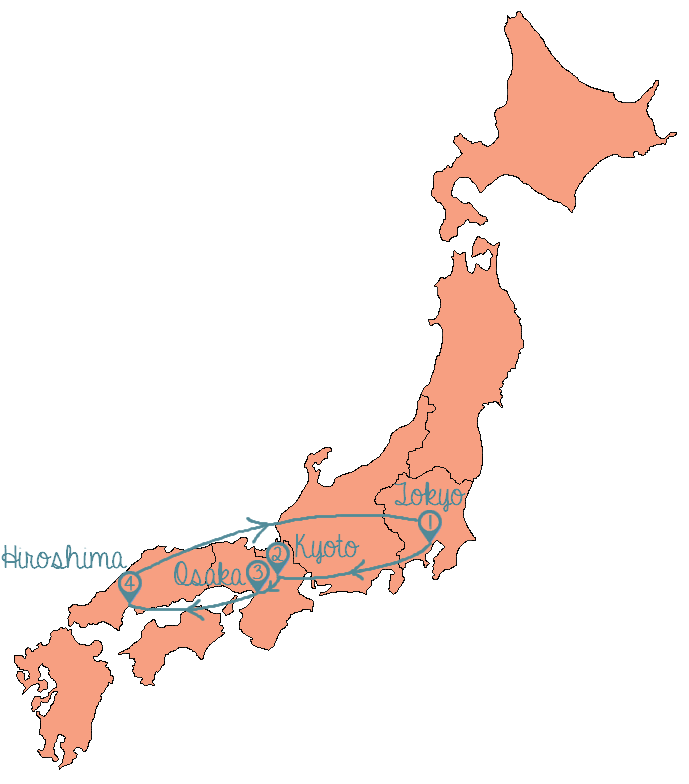
When to go?
Japan is a temperate country, so it means that the climate is hot in summer, cold in winter, and quite good in spring and fall. If you want to see cherry blossom trees, spring should be preferred, but in this case you’ll only see green colour in the gardens, while in autumn you’ll have the chance to experience the multiple colours of the trees.
Schedule
During my trip, I visited 4 of the main cities of Japan, spending 10 days there. But of course you can stay longer if you want to visit each city in more depth or go to other places.
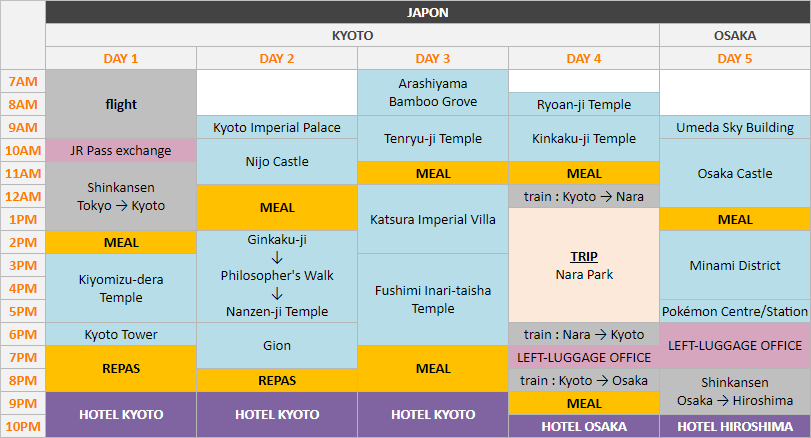
To begin, take a flight to Tokyo! I had decided to visit the city at the end of my stay, so as soon as I arrived at the airport, I went to exchange my voucher for a JR Pass (more details on the pass in the “tips” section of the post). And then I took a Shinkansen to go to Kyoto. The city can be visited very easily on foot and by bus over 4 days, including a short day trip to the city of Nara, which is invaded by deer. Then, I took a train to go to the nearby city of Osaka. One day is enough to explore the city.

Then, I took another Shinkansen, but this time to go to Hiroshima, where I spent half a day on Miyajima Island and the other half of the day at the historic Atomic Bomb Area. And finally, I took a Shinkansen that brought me back to Tokyo, where I stayed for 4 days. My first day in Tokyo was dedicated to a day trip to Nikko, my second day to a day trip to Kamakura, and the last 2 days were dedicated to discovering the city.
Tip: you might also want to consider going to Hakone, if you like volcanic, lake and forest type landscapes, or to Mount Fuji, if you want to attempt the climb of the mountain. However, you have to know that the JR pass is not valid in the area, either to go there or to get around. And overthere, train and bus tickets are quite expensive.
Tips
Administrative part
To go to Japan, EU citizens and citizens of 68 countries don’t need a visa for a stay up to 3 months (or less for some countries). Only a valid passport during the length of the stay is needed. The list of the 68 countries is available on Japan’s Ministry of Foreign Affairs website.
What to bring there
Adapter

In Japan, the power outlets have 2 flat pins and look exactly like the American power outlets, so if you’ve already been to the USA or Canada before then you can use the adapter you’ve brought back then! Otherwise, I recommend buying one before going on your trip, that way you’ll be able to choose it (a cheap one, a convenient one, …). By the way, I also highly recommend bringing a triple socket, otherwise you’ll only be able to plug one device at the time (or you’ll need to buy several adapters).
Tip: the best thing to do is to buy a universal adapter. That way you won’t need to buy a specific one each time you travel to a country you’ve never been to.
Last thing to know, over there the voltage is 110V, but many devices like smartphone or camera chargers can use voltage from 110V to 220V. So unless you want to bring your own hairdryer or shaver, you normally won’t need a voltage converter. However, double check what is written on each of your devices before going to buy a voltage converter.
Money
Japanese yen
When going to Japan, the best thing to do is to get yen in cash, as credit cards are not accepted everywhere. To do so, you’ll have to go to the money exchange office, you can either bring cash to change it over there, or either change it before leaving. And if you need money at the airport, just change what you need there, you’ll change the rest in town.
Transportation
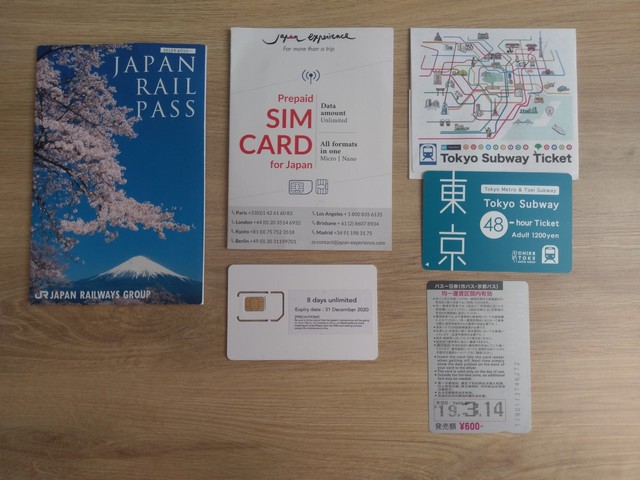
JR Pass
This is the ultimate pass you need to go to explore Japan. It gives unlimited access to transportation owned by the Japanese national company, Japan Railways (JR), including the Shinkansen (except Nozomi and Mizuho trains, which are express trains) and some trains, buses, ferries. For sure it’s the most cost-effective travel option in Japan if you plan on moving from city to city. For example, a Tokyo-Kyoto round trip ticket by Shinkansen is almost the same price as the 7-day JR pass. You can buy the JR pass for 7, 14 or 21 days, for approximately €236, €375 and €480 (the prices may change a little bit depending on the value of the yen). However, the JR Pass is made for foreign visitors, so you must enter Japan with a foreign passport to use it.
Tip: if you are only staying in Tokyo, the JR pass won’t be useful as the Tokyo Subway is not operated by JR. The pass only becomes cost-effective when leaving the capital to go to visit other cities. A good compromise would be to take the 7-day JR pass in order to go visiting all different cities, and to buy a subway pass to visit Tokyo.
First, the pass must be purchased in your country because it’s cheaper than buying it while in Japan. However, you have to buy it within the period of 90 days that precedes your arrival in Japan, because after the payment, only a voucher valid for 3 months will be delivered. That voucher must be exchanged at a JR agency in Japan, in order to get the real JR pass. The pass looks like a little leaflet that contains your identity information on the back (you’ll have to fill it out by hand once there) and a small card indicating the dates of validity. With the pass, you can book your seats in the Shinkansen for free, but most of the time it’s much better to get on the cars with unreserved seats. Usually, because the Shinkansen trains run very frequently, you don’t have to worry about booking.
Tip: for your trip, I highly recommend getting a prepaid data SIM card which allows unlimited access to high-speed internet through your phone in Japan. And don’t worry, it comes pre-cut with all available formats (standard, micro, and nano SIM). And of course tethering is allowed. It’s not that expensive and it’s really convenient, it costs $23 for 8 days (there are different rental periods available with decreasing prices). This not only allows you to use Google Maps to find your way, but also to use the Hyperdia website, that gives real time train timetables (more details just down below). And I didn’t have any connection troubles during my trip.
In my opinion, Pocket Wifi is not an option to consider, because in addition to being much more expensive than the data SIM card, while providing exactly the same service, it makes an additional box to charge and carry around everywhere.
Remember to download the activation guide in order to set-up the SIM card.
Hyperdia
It’s a website that gives train timetables and that allows you to plan all your trips. The information provided is very accurate and the website gives not only the timetables but also the type of train, the journey time, and also the most important information, the platform number. You’ll see that in the train stations in Japan, there are a lot of trains and therefore just as many platforms. So for sure you could look for your train and its platform number on the TVs, but with the website, you’ll have these information right away and even before arriving at the station. This will save you a lot of time. And the best thing to do is to search the itinerary on your phone, on the way to the station, that way you’ll find out the platform number as soon as you arrive and could directly go to wait for the train. There is also a mobile app, but the mobile website was more than enough for me on my trip.
Tip: I had also used it a lot while planning my trip. Since you’ll be traveling by train from city to city, it’s quite important to have a rough idea of the train times available for each route. Especially since sometimes, for half an hour sooner or later, the length of the journey can go from simple to double. If you follow the route I took, I would give you the schedules of the trains I took, in each post about the different cities.
About the search, it’s quite simple, after going to the website hyperdia.com, all you have to do is to enter the departure and the arrival stations, as well as the desired date and time of departure. Just before clicking on « Search », click on « More options » to uncheck « Airplane », « Airport Shuttle Bus » et « NOZOMI / MIZUHO / HAYABUSA (SHINKANSEN) ». In the search results, the website will suggest several routes, it is up to you to select the one that suits you best. But the first one is usually the best.
Direction
To find your way in Japan, to get to all the sightseeing places, I highly recommend using Google Maps, especially if you take the data SIM card. But if you don’t, don’t worry because it works even without having an internet connection, it’s just that the « walking » routes won’t be available, you’ll only have the « driving » routes. But it’s still quite OK because it gives you a rough idea of the location, depending on your position. To do so, you have to save the map before going, or even while there, as long as you have an internet connection. On your smartphone, in the application, click on your profile picture at the top right of the screen, and then click on « offline maps ». Then click on « select your own map » and zoom out the map until you see the area you want to save. If the area to be saved is too large, then you’ll have to repeat the operation several times.
Hotels
Since you’ll have to take the train quite frequently, the best option is to book hotels located close to train stations. It’s really convenient, especially if you have a lot of luggage to carry, and you’ll also save time not having to walk to the station every time!
To know
- you’ll see that in Japan, public toilets are available absolutely everywhere: in stores, in train stations … So don’t worry about that, especially since they are always really clean! In addition, it’s always high-tech toilets that come with a lot of functions like the blow dryer, seat heating …
- in train stations you’ll often find some kind of mini markets that sell basic food, but also well-packaged take-out and onigiris, it’s very convenient if you want to bring food to eat on the train
- and of course, like everywhere in Asia, you’ll also find the traditional 7-eleven, Family Mart…, mini markets open 24 hours a day, 7 days a week. Strangely, in Japan they call it konbini
- you’ll also notice that in the Shinkansen, there is much more space between the rows of seats than in the French TGV. This is because the seats are all manually adjustable, so if you want to face your traveling friends, all you have to do is turn your row of seats! Moreover, since the space between the rows is very large, even if you tilt your seat back, you won’t disturb your neighbor
- in some sightseeing places in Japan, you’ll have to take your shoes off. In some countries there are risks of theft, but in Japan you clearly have nothing to worry about. I remember this guide who accompanied a family, one of the teenagers kept his shoes in his hand, for fear of being stolen. The guide told him, no you don’t need to take them with you, here is Japan :)
Restaurants
In Japan, in restaurants, food is not much more expensive than in France. The special thing is just that you’ll always find the miniatures of the dishes on display in front of each restaurant, which is very convenient for choosing where you want to eat. You’ll also see that there are some kinds of noodle fast food restaurants, where you can find all kinds of noodle bowls at rock bottom prices. And this is the perfect place if you are in a hurry, because in front of the restaurant there is an order kiosk, you make your choice, you pay, and when you enter the restaurant, your order is usually already available! You’ll also notice that the Japanese gulp down their bowls of noodles at breakneck speed.
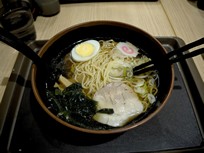
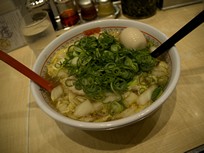

Tip: NEVER leave tips in Japan, the Japanese would consider it rude and insulting!
You could also try small nibbles you can find in some small stalls located on the edge of streets.
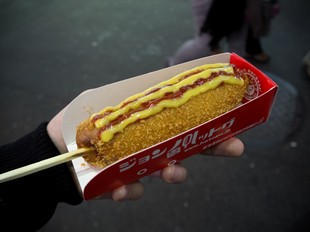

Shopping, what to bring back home?
During a trip to Japan, you should buy some souvenirs:
- all kinds of colorful rice paste cakes: they are usually sold in some pretty boxes. It could make a nice gift
- KitKat green tea flavour
- katanas: Japanese swords
- sake: Japanese rice wine
- common souvenirs: silk kimonos, fans …
Thanks for reading :)




